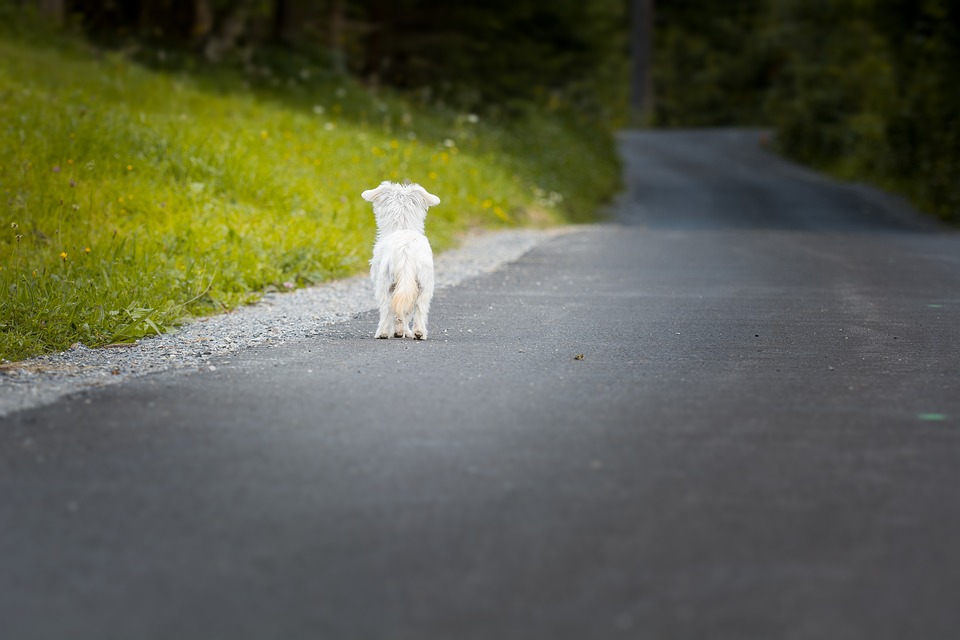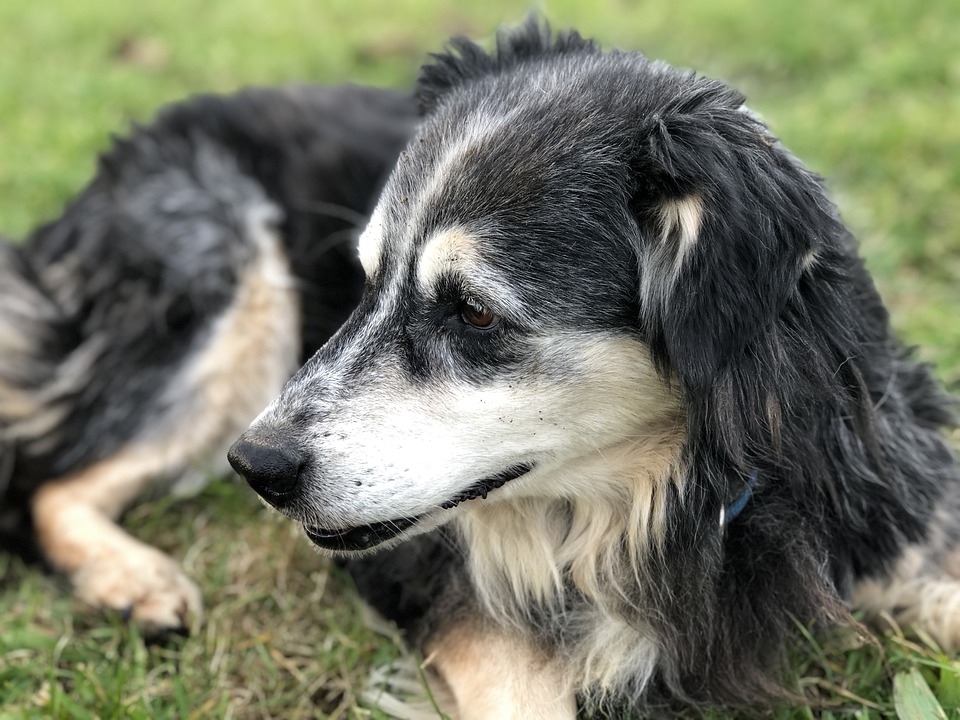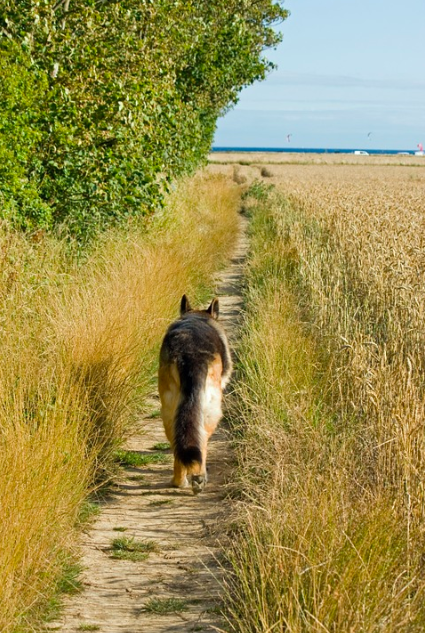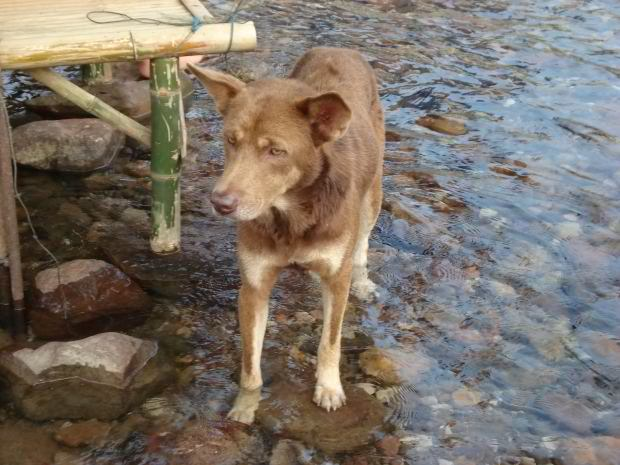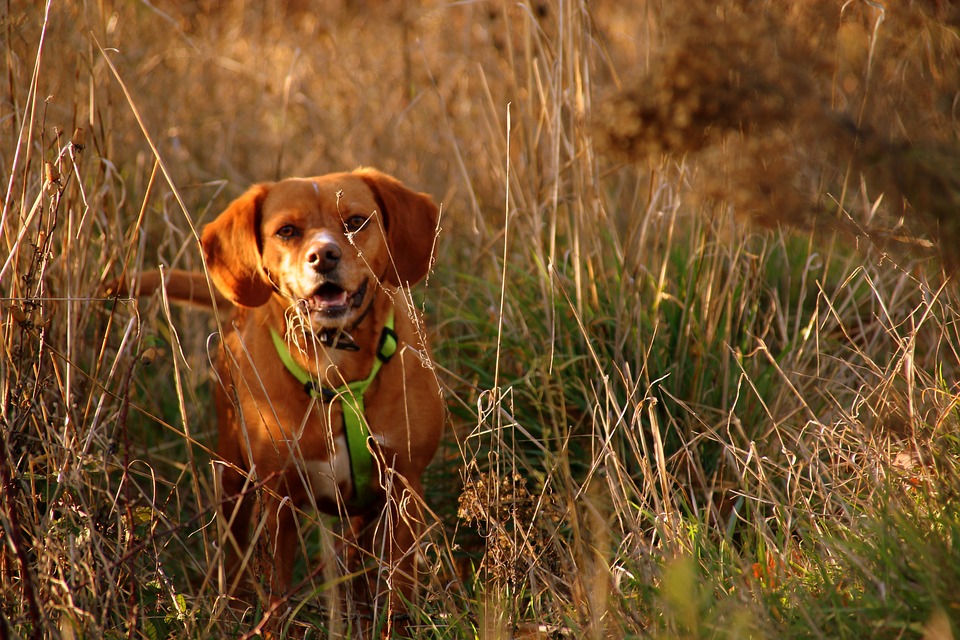
According to a recent study, about 85 million households in America have a pet, roughly 68%. Cats and dogs are the most popular pets, with the number of dog households edging out cats by about 13 points (60.2% dogs vs. 47.1% cats). RV’ing with your pets (whether full-time or part-time) is gaining popularity so I would like to offer some tips to help if the unthinkable happens and your dog goes missing from your RV or campground.
Our organization, Lost Dogs Illinois, has helped in the recovery of thousands of missing dogs from all types of situations. We are a network of pet-loving volunteers who have banded together to assist owners who are missing a pet.
Some of our state affiliates have been in existence since 2010 and we can now look back at our statistics and make some pretty good predictions about what may or may not have happened to your missing dog. The most important thing we have learned is that lost dogs (and pets of all types, although we focus our efforts on dogs) do not drop off the face of the earth. They are out there somewhere. But sometimes connecting the dots to get them home is counter-intuitive to what the owners may do in a panic.
We have learned to profile lost dogs (similar to what is done in missing person cases) to achieve the best possible chance of a successful recovery. Dogs lost while travelling fit into our profile category Dogs Who Have Gone Missing From Somewhere Other Than Home. This category also includes dogs lost from boarding kennels, petsitters, vet clinics, groomers, animal shelters, foster homes, newly adopted homes and car accidents. Today we will talk specifically about dogs lost while RV’ing.
Although preventative methods such as making sure your pet is wearing a collar with visible ID tags and is microchipped with up to date contact information are important, that is not what we want to discuss here. It does no good for your dog to have a microchip or a collar if he can’t be caught!
A few things to consider which may be hurdles to these cases:
- The owner may not know the geography of the area or even which county they are camping in. Since most animal shelters and sheriff’s departments are administered by county governments, this can be an issue. Owners may also not know where the vet clinics are – another important first point of contact when your dog goes missing.
- The owner may be on a time frame which requires him to leave the area before the dog is found.
- Campgrounds often have summer time fireworks celebrations. Camping and fireworks can be a deadly combination for an older, sensitive or fearful dog. Dogs who were not afraid of fireworks in their younger years may become sensitive to loud noises as they age. If your dog is afraid of loud noises, it may be prudent to check ahead with the campgrounds where you will be staying so that you can make alternate plans if necessary.
- The owner may not have good wi-fi or cell service and a printer to quickly file a report and print and deliver flyers in the area where the dog went missing. If the dog ends up at a nearby animal shelter and the owner hasn’t filed a lost dog report with the shelter, the shelter may adopt the dog out to a new home or put him down in as little as 24 hours depending on the stray hold ordinances in that municipality. Police departments, vet clinics, animal shelters and stray holding facilities do not cross-communicate. You must contact each of the facilities separately if your pet is missing.
Although it may seem like a hopeless situation, the good news is that it isn’t! We’d like to share with you what we have learned. Although we never say never please consider these tips:
If your dog has bolted, especially from a loud noise or other scary situation, he may go into survival mode quickly. This means that he will revert to behavior similar to a wild animal and may be reluctant to approach any humans, even his owners.
- These dogs do not generally travel very far – often staying VERY close to the spot where they went missing from. They generally do not head for home or set off on long journeys (unless they are chased). Consider your campsite ground zero and keep it quiet. Do not allow people to congregate there. Many lost dogs will be drawn back by the familiar scent of their owner and vehicle but they will remain wary if there are too many strangers milling about.
- The MOST important thing you can do is to spread the word to everyone that is helping you to NOT call, whistle, approach or pursue your dog. The dog needs to be lured back to the spot it went missing from, as if you were trying to lure a scared cat or tame a wild animal like a squirrel or chipmunk.
- Do not offer a reward for your dog. Rewards encourage people to chase your dog which could endanger his life if he is chased into traffic. Rewards will also bring scammers out in full force which will distract you and waste your time chasing down false leads and sightings.
- Using scent articles (the dog’s bed, toys, and dirty articles of clothing or bed sheets from the person most bonded with the dog) will help keep the dog in the area. Place them somewhere safe (well away from roadways) along with smelly, tasty food and water. When hunters lose a dog while hunting they leave their coat out on the ground at the place they last saw their dog. The dog is often lying on it when the hunter returns the next day.
- If you see your dog, immediately sit down on the ground (preferably upwind) and toss a few tasty treats (like small bits of hot dogs) out around you. Stay low and do not make eye contact. A scared dog will not usually approach a group of people. Do this by yourself and ask others to leave the area. It may take a few minutes, or a few hours, but your dog might approach you. He may circle around and approach you from behind. Be patient and speak softly or not at all.
- Flyer the area heavily and use intersection signs to alert passing motorists about your missing dog. Again, remember to stress “Do NOT Chase” on your flyers and signs. The greatest risk to a shy lost dog is that he will be chased into traffic and killed.
- Be patient. Dogs lost from somewhere other than home may hunker down for a day or two and then creep back out to where they went missing from – lured by the tasty food and scent items you left.
How We Can Help:
If your pet goes missing, immediately file a report with our partner, Pet FBI at www.petfbi.org. This is a FREE international database (Canada and the U.S) where your dog’s description and photo will be stored until he is safely home. This enables our volunteers to watch for potential matches with found dog reports. Our volunteers will also create a free flyer and post it to our social media sites including Facebook and Twitter, which have large, local followings. In some states we are also available for free consultations with more tips and advice especially if it becomes necessary to humane trap your scared lost dog. We have a series of articles on our website that explains the trapping process in detail.
Please read through our website articles for more tips and ideas which may help you in your search.
1/12/2021

